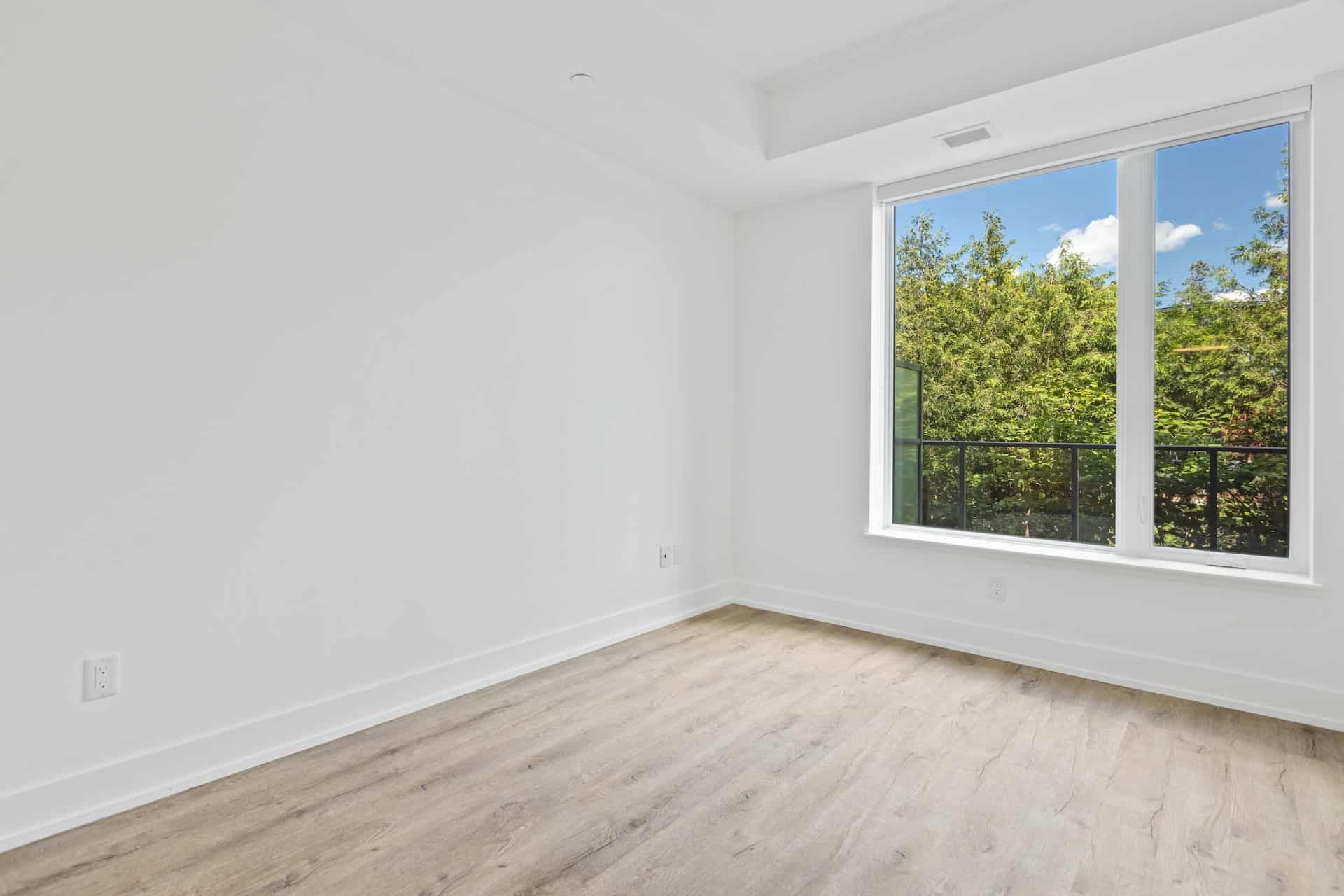Apart from the price and the location, knowing what kind of apartment you want can make the search easier. But there are a lot of different types of apartments out there, and the terminology around them can be confusing. This guide can help you navigate the industry to make apartment hunting easier.
Learn about 21 different types of apartments you can find in real estate listings, and discover which one is ideal for you.
Type of Apartment Categories
Apartments are grouped based on the following:
- Floor Plan
- Building Structure
- Number of Bedrooms
Apartment Types by Floor Plan
This section will examine apartments according to their dimensions, designs, and floor plans.
1. Loft Apartment
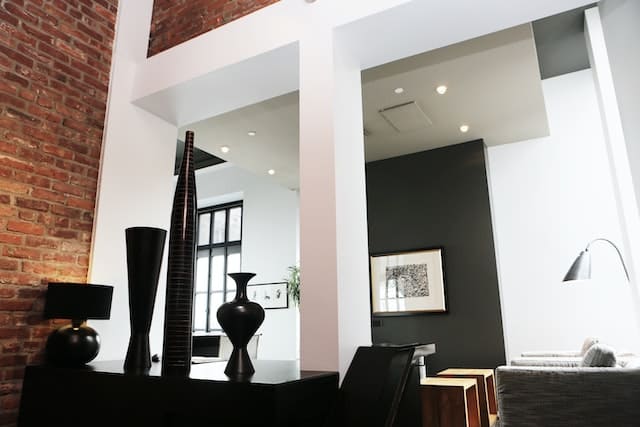
A loft is an expansive, airy apartment with vaulted ceilings and few or no internal walls. Lofts are typically contemporary flats in converted warehouses. Some landlords and property developers will add depth to the loft by adding private rooms.
Renting a loft is an excellent option if you’re looking for a spacious, downtown home with a one-of-a-kind vibe. Most loft apartments are big enough for more than one roommate, but it depends on how the apartment is built.
2. Railroad Apartment
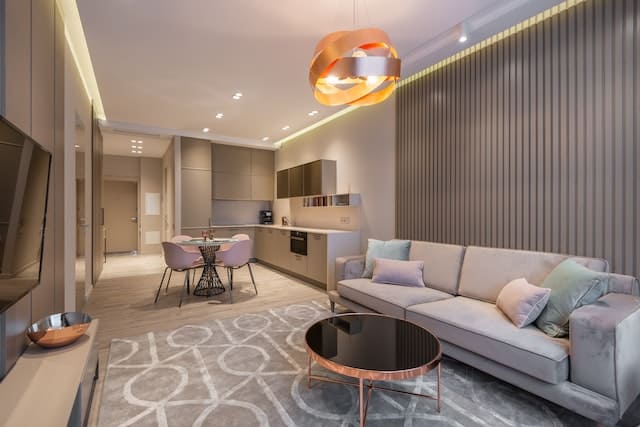
Traditional railroad-style apartments are like older apartments or partitioned row houses. Their plan consists of a series of units that flow into each other, from front to back, generally through a single passageway.
This type of apartment is common in early metropolitan centers like San Francisco and New York City.
With this kind of apartment, you’ll have to pass from one room to another, like passengers transferring cars on trains.
3. Garden Apartment
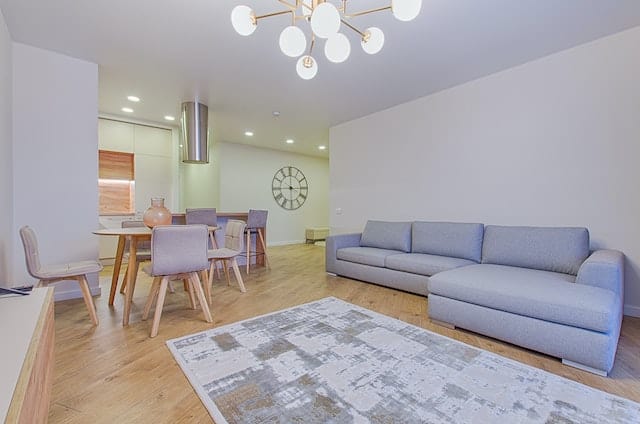
You’ll likely find garden apartments below ground level or on the ground floor. They sometimes come with patios and usually have views of the open area. It’s common to find them in courtyard buildings that may be one, two, or even three stories tall.
Garden apartments are often in courtyard-style buildings or older buildings in general. Newer buildings can sometimes have a public pool or fitness center as a perk.
This apartment is less expensive than those located higher up in the building. So, if you are a night owl, you will appreciate the lack of noise from your downstairs neighbors. Plus, since the windows are usually smaller, garden apartments are also ideal to sleep in.
But if you want a space with high ceilings and many windows, you might want to keep looking.
4. Condo
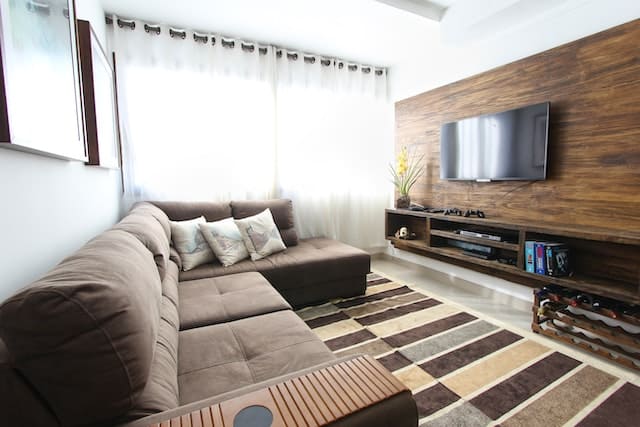
A condominium, or “condo,” is a type of apartment that is a part of a larger building containing similar apartments.
Usually, when you’re renting a condo, you have a private landlord. Often, you’ll pay the owner directly and they may have a management company that will help with any maintenance concerns.
Many people like this option because private landlords may be easier to get in touch, and therefore problem resolution may happen faster. However, usually there aren’t reviews for you to look at with a condo owner.
5. Penthouse
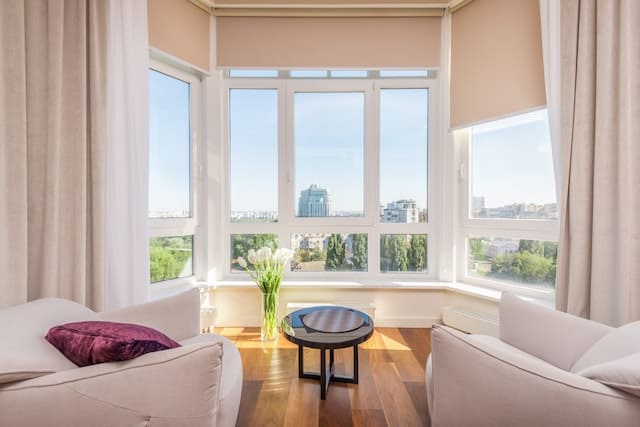
People usually think of the penthouse as the topmost floor of a high-rise building. But a penthouse can also exist on other floors. It might have a ceiling at least a foot higher if it’s on the top floor. And it could have a bigger or smaller overall layout on any other floor. A penthouse has the most fabulous views in the building and the highest ceilings.
Penthouses on the top floor may be more vulnerable to water damage and cracking from rain access and temperature swings throughout the year. On the other hand, a penthouse is the best option if you value luxury, privacy, and a stunning view of the city.
Apartment Types by Building Structure
The type of building in which an apartment sits also plays a role in choosing an apartment. So, if you like modern architecture or vintage homes, these are the types of apartments for you.
6. Walk-Up Apartment
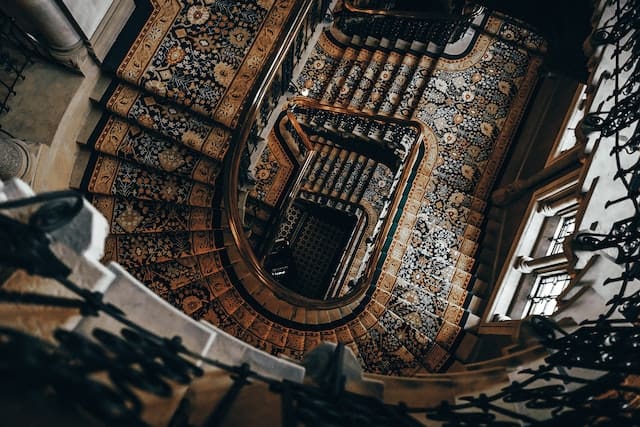
A walk-up apartment has no elevator, so you’ll have to use a staircase to get to your home. It’s unusual for these apartment buildings to have more than a few stories.
They are widespread in older cities like New York and Chicago. It’s possible to find cheaper apartments, studios, and multiple-bedroom units in buildings with walk-up access.
Walk-up buildings are typically less expensive than other apartments because of the absence of an elevator. You’ll often find walk-up apartments in more compact downtown structures.
Walk-up apartments give you close access to amenities and a good workout just by taking the stairs. However, moving in with the weight of your belongings is exhausting. So, consider the benefits and drawbacks of living in a walk-up apartment before deciding.
7. High-Rise Apartment
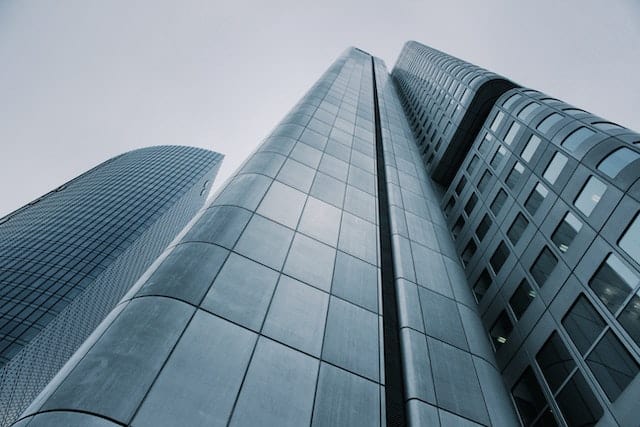
A high-rise is a building with more than ten stories. They are common in cities with many people. In dense downtown areas, land costs a premium, and space is limited. High-rise buildings can provide plenty of housing options in these areas.
High-rise buildings have always been common in big cities like New York and Chicago. And they’re also now becoming more popular in midsized cities in the United States.
Because of the increasing demand for downtown living space, architects and builders are responding by erecting even taller buildings with a rising number of units. Plus, luxury amenities in these types of apartments can also make them more expensive.
High rises also often offer parking spaces and other amenities like a fitness room or storage.
It can be costly to construct and manage high-rise apartments. Despite this, a high-rise apartment can be rewarding if you want a space in a downtown area.
8. Low-Rise Apartment
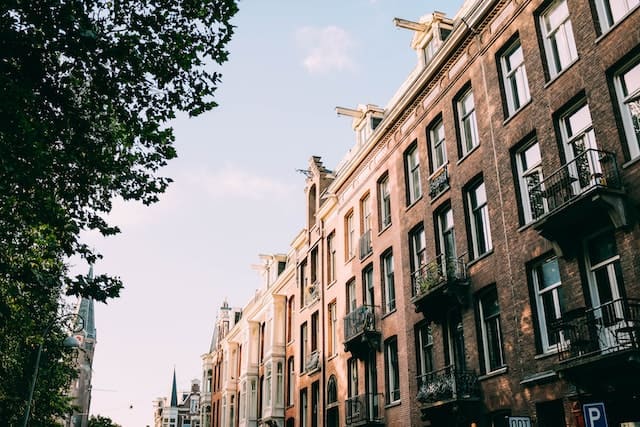
Unlike high-rise apartments, low-rise apartments are often found in suburban locations. They have no more than four floors, and elevators are optional in these buildings.
Apartments under this category include:
- Apartment buildings with four stories or fewer
- Row houses
- Duplexes/multiplexes with one floor
Parking is not a problem at low-rise complexes, and some even have garages available for rent. They also come with solutions for people who are mobility-impaired or elderly.
9. Mid-Rise Apartment
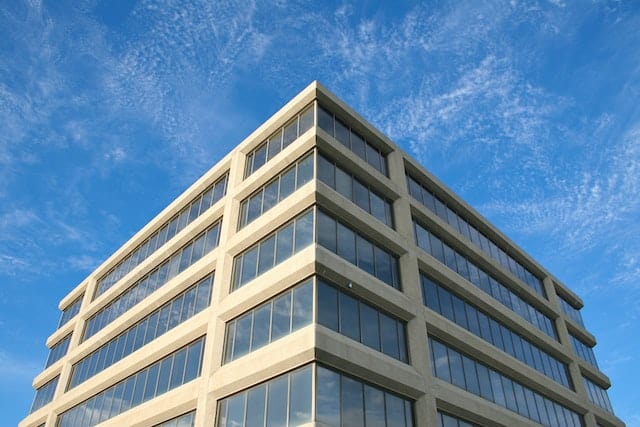
Mid-rise apartments are five to nine-story multi-family structures, usually with a single elevator.
There has been a growth in the demand for mid-rise residential buildings.
Mid-rise apartments are popular because they are usually close to shops, food spots, and public transportation. They are also increasingly popular among younger people as an alternative to detached houses.
Compared to high-rise buildings, mid-rise apartment complexes tend to be quieter and less crowded. This is because they are usually located outside of city centers.
Living in this type of apartment building means you have a low level of upkeep to do. You may also get access to various luxuries like swimming pools, fitness centers, and even outdoor recreation areas.
10. Duplex
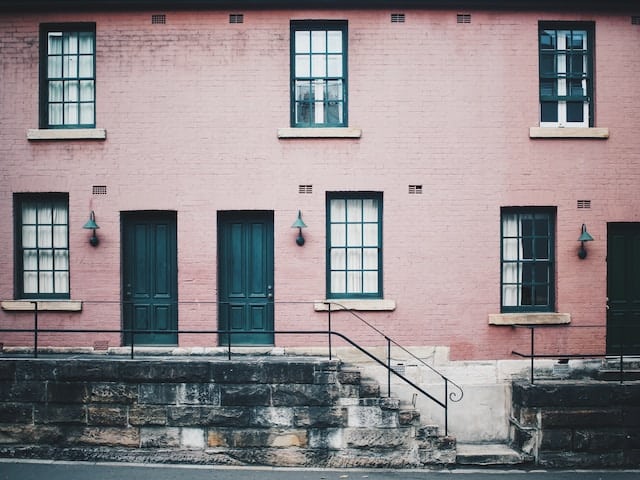
In some markets, a duplex is a two-story apartment. In others, a duplex refers to the number of units within the building regardless of how many floors each unit has.
Each unit usually has its yard, parking spot, and street address in these developments. It’s important to note that two-story apartment duplexes come in two distinct varieties – the duplex up and the duplex down.
The term “duplex down” is commonly used to describe apartments that feature both an upper and lower living area. A duplex-down comprises the main floor with a living room, kitchen, and bedroom and a lower level with additional bedrooms accessible by stairs.
A duplex up on the other hand is usually located on the third and fourth floors of a building.
It’s not easy to decide whether or not to rent a duplex instead of a single-family home. The lawn, garages, and personal space of a single-family home are all in a duplex. Rental costs for duplexes are often lower than those for single-household homes since each unit can accommodate two people.
Sometimes, a duplex lease may be more affordable than a family house rental. It can also be an opportunity to move into a better neighborhood or a more spacious dwelling.
11. Triplex, Quadruplex
The main difference between a duplex and a triplex is that a duplex has two apartments, and a triplex has three. Similarly, a quadruplex has four.
There are three individual flats in a triplex apartment block, all of which share at least a wall. The convenience of a triplex lies in the fact that each of its three units has its private entrance, bathroom(s), kitchen, living room, and/or other common areas.
Most triplex apartments provide convenient amenities like washers and dryers in each unit. Some also come with terraces, walkways, patios, and sometimes garages.
12. Coach House
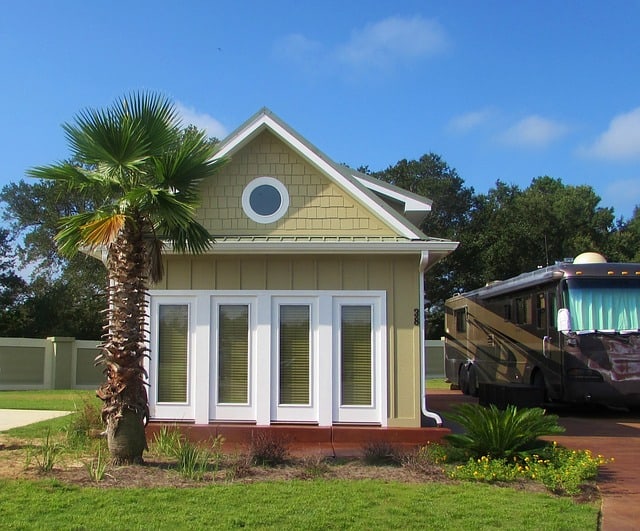
A coach house, also known as a carriage house, is a small, separate, free-standing dwelling apartment. You’ll typically find it at the rear of the property, where a garage or yard would normally stand.
Coach houses are a one-of-a-kind type of apartment that provides you with more space and amenities than a regular detached.
In Chicago, these structures can house multiple units or one single large unit. The latter can feel like a single-family home without the exorbitant cost of renting or owning one.
13. Greystone
While NYC has brownstones, Chicago is home to many apartment blocks known as greystones. Greystones with many apartments can sometimes be hard to tell apart from their single-family neighbors. This is because of their structure, with flats stacked one on top of the other with a single door to the street.
Greystones were built at a level of density that had never been possible before, with workers living in small cabins that gave the impression of grand and spacious homes.
14. Courtyard Apartment
It’s easy to miss the features that differentiate courtyard apartments from traditional ones. The difference lies in the structure.
With courtyard apartments, each unit is linked vertically to the remaining five apartments. The units are on various stacks through a front and rear staircase rather than a long corridor. Each unit usually has two or more entrance points at its sides via elevators or fire-stairs.
The entire structure uses the courtyard and, often, the partially underground basement. This type of apartment is especially common in Chicago.
15. 4+1 Apartment
“Four plus one” apartments are unique to Chicago. These are buildings with apartments on the upper four floors of a five-story structure, with an entrance and parking garage on the ground floor. The term can also mean the structure’s total height or division into distinct functional wings.
All the rental apartments on each of the four stories combine wood framing and masonry. They’re constructed on a concrete block held up by masonry walls. The garage is beneath a concrete block, somewhat below ground level.
Apartment Types By Number of Bedrooms
You’ll often see listings defined by how many bedroom the apartment has. While the difference may be self-explanatory, it’s worth taking a look into these too.
16. Studio Apartment
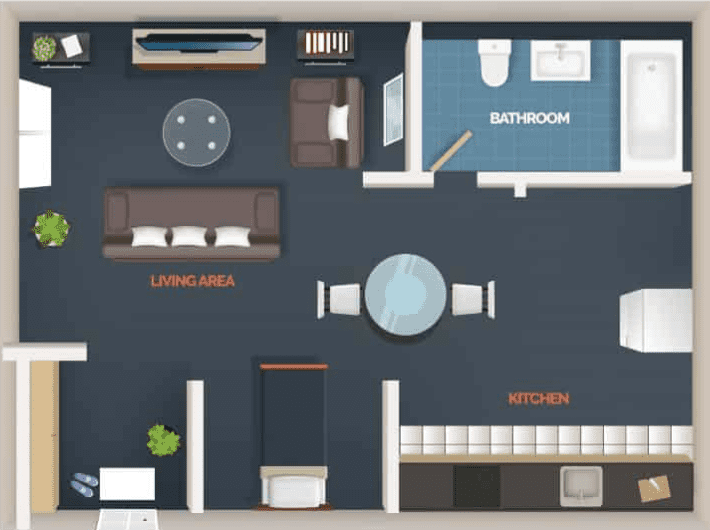
A studio apartment’s primary functions – sleeping, eating, and lounging – are in the same location. There are no partitions between the kitchenette, dining area, and living room, and the kitchen itself could be open to the rest of the space.
Only the restroom is an exception to this rule. The toilet must sit in a separate, locked room to align with building codes.
Studios are proportional to their size, with smaller ones being the most cost-effective for single people.
However, not all are less expensive and smaller than other apartments. It’s common for two-story studios to be costlier than standard one-bedroom apartments.
Types of Studio Apartments
- Convertible Studio: Convertible floor plans are typically more spacious than studios. And they provide a separation between the sitting and sleeping areas. Compare the price of a one-bedroom home to this type of apartment, and you might get some savings.
- Micro Studio: Micro-apartments, or “micros,” are compact, cost-effective apartments. They are typically between 100 and 500 square feet in size, making them less even, unlike many residential units. However, it’s an excellent option if you prefer to live near the city center, but are on a tight budget.
- Alcove Studio: A studio with a bed tucked away in a little alcove on one wall is an alcove studio. This open alcove is usually too small to conceal anything except a twin or full-size bed from the view of the rest of the room.
17. One-Bedroom Apartment
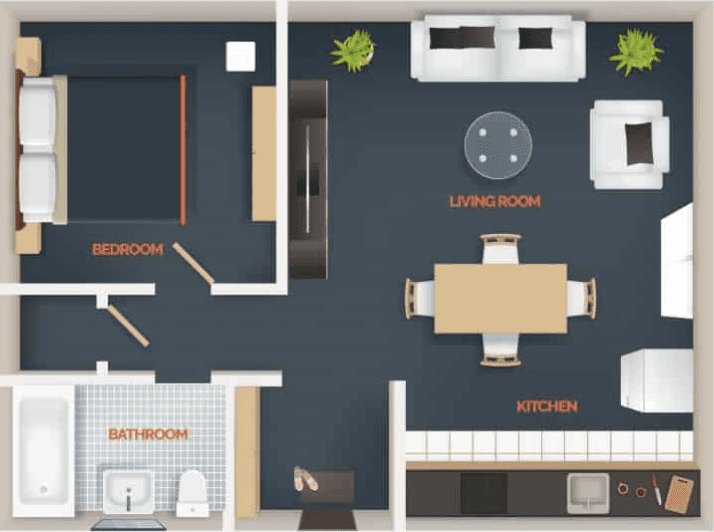
In a one-bedroom apartment, the bedroom is separated from the kitchen and living room by a wall. This type of apartment is your best bet if you’re looking for a small space that’s a bit more than a studio. They are ideal if you enjoy entertaining friends or want a separate living and eating space.
When working from home, having a dedicated bedroom for resting and a separate office can be helpful for productivity.
18. 2-3 Bedroom Apartment
Apartments with two or three bedrooms are just what the name implies. These types of apartments have 2 or 3 separate bedrooms.
In most cases, the apartment will have one or two bathrooms, a living room, and a kitchen. Some two or three-bedroom apartments even have bedrooms with ensuite bathrooms.
Apartments with three bedrooms are often more challenging to get than smaller units. But they can be perfect for families or a group of roommates. If you’re a college student or budding professional, you can save on rent by sharing a three-bedroom apartment with roommates.
Factors to Consider When Choosing an Apartment Type
Whether you’re looking for your first apartment or fifth, there are some factors to consider before signing a lease.
- Location: Location is the most crucial factor in every rental transaction. And it’s critical to select a neighborhood that fits your way of life when house hunting.
- Layout: The size of your family, for example, will determine the number of bedrooms and bathrooms you want. It’s also smart to decide whether you prefer a fully open or closed structure.
- Utilities: Your rent may or may not include utilities. If it doesn’t, make sure you add utility costs to your budget.
- Unit Amenities: An apartment’s amenities significantly add to the house’s core characteristics. Examples of amenities include washing rooms, saunas, steam rooms, and fitness centers.
- Maintenance Policy: Every home needs maintenance, from fixing a leaking sink to significant renovations. Finding out ahead of time how your landlord’s management handles repairs and upkeep will save you time, money, and hassle down the road.
- Pet Policy: If you own a pet, it’s important to ask whether or not a building or community allows pets. Also, ask about nearby amenities, including dog parks, walking pathways, veterinarians, groomers, and other services you might need.
- Price: It’s essential to compare the costs of an apartment with your budget and with similar properties in the area. And don’t forget about other living expenses, such as utilities or apartment must-haves, when you make your budget.


